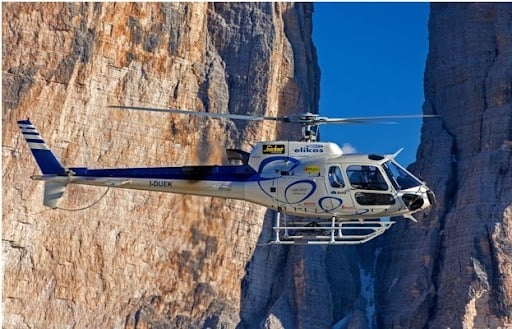In the last century, humans have invented and implemented improvements in countless fields. One field that has drastically grown since its humble beginnings is aviation, specifically human flight.
The very first powered aircraft took flight on December 17, 1903. Wilbur and Orville Wright, also known as the Wright Brothers, created an aircraft that took off with its very own power, flew naturally at even speeds, then landed without a hitch. They didn’t fly their aircraft just once; they had four successful flights! That day, those men, and that aircraft were precisely what set off the era of human flight.
The Wright Brothers’ early rendition of the airplane was composed of laminated spruce, duck canvas, and aluminum paint. For you readers who have seen even a photo of a modern airplane, you can instantly gather that the materials used in airplanes and other aircrafts have drastically changed and evolved.
One material that has been added into the aviation “equation” is carbon fiber. Carbon fiber has been used in the construction of aircraft since the early 1970s but continues to appear more frequently because of the growing knowledge of its unique attributes. Lightweight, sturdy, exceptional specific strength, versatility, longevity– all of this makes sense for aircraft.
Let’s now take a closer look at the role carbon fiber plays in five specific aircrafts and, in general, modern aviation.
1.Drones or UAVs
Drones, or UAVs, are robots that can be flown either remotely or autonomously with the help of software flight plans and no need for a pilot. Drones have been in existence for decades, originally for military use but now for business and recreational use as well.
Carbon fiber drone parts are in abundance as their construction is highly reliant on the material. Drones require materials that are lightweight, stiff, and corrosion-resistant material for effective taking off, hovering, flying, and landing. Therefore, carbon fiber drone parts include the frame, blade, and the rotor, leading to stellar performance for both military and civilian drones/UAVs.
2.Space Craft
Space craft of all kinds– from shuttles to satellites– utilize carbon fiber to their advantage. The parts specifically used for storing fuel and gas along with solid rocket motors are typically reinforced with composites.
Carbon fiber is so ideal especially in space craft because of its high heat tolerance, so much so that it is the main component for the reentry vehicle heat shields (also called ablative shields). These shields disallow– or at the very least greatly reduce the chances of– fires and burning upon reentry through Earth’s atmosphere.
Carbon fiber use doesn’t cease with ablative shields on space craft, however. Carbon fiber composites appear in the panels, noses, wings, and so much more.
3.Airplanes
Airplanes, too, use the unique qualities of carbon fiber to their advantage. Carbon fiber is found in various locations on airplanes, including the fuselage, the wings, the tails, and throughout the main body, like in the Boeing 787 Dreamliner.
Carbon fiber is found so readily in airplanes because of their high heat resistance and strength, yes, but also because it greatly decreases fuel usage and maintenance costs. The latter is due to the fact that carbon fiber doesn’t corrode, is chemical resistant, and doesn’t fatigue like other materials do. Plus, the use of carbon fiber instead of the traditional aluminum decreases the plane’s overall weight by 20%.
4.Fighter Jets
Fighter jets don’t use carbon fiber as often as other aircraft as they have a different set of requirements. Aluminum alloy tends to be the best material for their main construction along with others, like steel. However, it is still found in various locations throughout jets but to a lesser percentage than other aircraft.
Currently, fighter jets do more often use carbon fiber in the build of their fuselages. Aluminum alloy was originally used, but as awareness of the effectiveness of carbon fiber in these components grows, fighter jets are increasingly applying it and using it to their advantage.
5.Helicopters

Helicopters, too, are riddled with carbon fiber parts. The material is found throughout the blades and the tail, as you might have already gathered, but it also is used in the doors, instrument enclosures, and components in the interior of the helicopter– even the seats.
The reasons for using carbon fiber in helicopters are similar to airplanes. Atop those, however, carbon fiber also assists in increasing the longevity of the instrument enclosures and even protects them from damage.
It’s no secret that carbon fiber plays a large role in modern aviation and will continue to do so more frequently as time progresses and awareness of the material grows. Here at Protech Composites, we are always up to date on carbon fiber and proudly supply our customers with carbon fiber products they can depend on, even carbon fiber drone parts. Be sure to keep us in mind for your next carbon fiber project!

